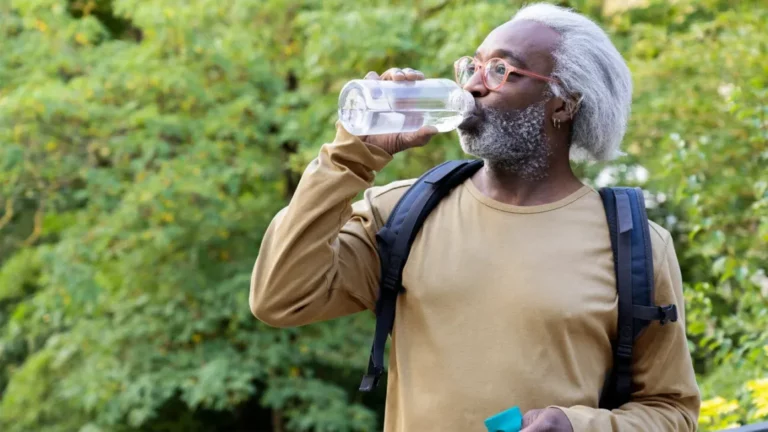Ta-Nehisi Coates: Mastering the Art of Storytelling Through Reflection and Reality
In the rich landscape of contemporary storytelling, few voices are as compelling and influential as that of Ta-Nehisi Coates. As part of our ongoing exploration into the art of storytelling, Sage Collective is delighted to spotlight Coates, a writer who masterfully weaves together narratives of race, identity, and the American experience with both grace and unflinching honesty. Coates’ work not only captivates readers but also invites profound reflection on the society we inhabit and the changes we aspire to see.
A Voice for Our Times
Ta-Nehisi Coates emerged as a powerful voice in American literature and journalism through his thought-provoking essays and books. His ability to articulate complex issues related to race and society has made him a pivotal figure in national conversations about racism, democracy, and historical memory. Coates’s writing is characterized by its depth of insight, lyrical quality, and the personal perspective he brings to bear on topics of public concern.
The Beautiful Struggle: A Personal Odyssey
In The Beautiful Struggle, Coates offers a vivid glimpse into his formative years in Baltimore, navigating the complexities of boyhood within the broader context of racial and economic strife. This memoir is not only a tale of personal growth and familial bonds but also a reflection on the broader struggle for Black identity and liberation. Coates’ relationship with his father, a figure steeped in the legacy of the Black Panther movement, serves as a powerful narrative thread, illustrating the impact of history and activism on individual lives.
Between the World and Me: An Intimate Letter
Between the World and Me expands Coates’ exploration of America’s racial history through a deeply personal lens, structured as a letter to his teenage son. This work captures the fears, hopes, and realities of being Black in America, weaving personal narrative with historical analysis. Coates’ use of the epistolary form creates an intimate conversation on race, identity, and the quest for understanding in a country marked by systemic injustice.
The Water Dancer: Merging Fiction with History
Coates’ foray into fiction with his debut novel, The Water Dancer, further cements his status as a versatile and imaginative storyteller. The novel combines historical elements with magical realism to tell a captivating story of slavery and resistance in the antebellum South. Through the eyes of his protagonist, Hiram Walker, Coates explores themes of memory, freedom, and the unbreakable bonds of family. The Water Dancer showcases Coates’ skill in creating rich, immersive worlds that illuminate the struggles and resilience of the human spirit.
We Were Eight Years in Power: Reflecting on an Era
In We Were Eight Years in Power, Coates assembles a collection of essays that chronicle the Obama presidency’s significance against the backdrop of America’s racial landscape. The title, echoing a lament from the Reconstruction era, frames the book as a meditation on the cyclical nature of racial progress and backlash in American history. Through essays that examine the cultural and political implications of Obama’s presidency and the subsequent rise of Donald Trump, Coates offers a critical analysis of the forces that shape American society and the ongoing struggle for racial justice.
Across his works, Coates’ storytelling artistry lies in his ability to blend the deeply personal with the sweepingly historical. His narratives invite readers into a space of reflection, challenging them to consider the intricate tapestry of American identity and the indelible impact of race on the nation’s conscience. Through his incisive analysis, lyrical prose, and unflinching honesty, Coates has crafted a body of work that is essential reading for anyone seeking to understand the complexities of contemporary America.
As we celebrate Ta-Nehisi Coates’ contributions to the art of storytelling, we are reminded of the power of literature to illuminate the darkest corners of society, to heal, and to inspire change. His voice is a clarion call for awareness, empathy, and action — a testament to the enduring strength of the written word to move hearts and minds.











